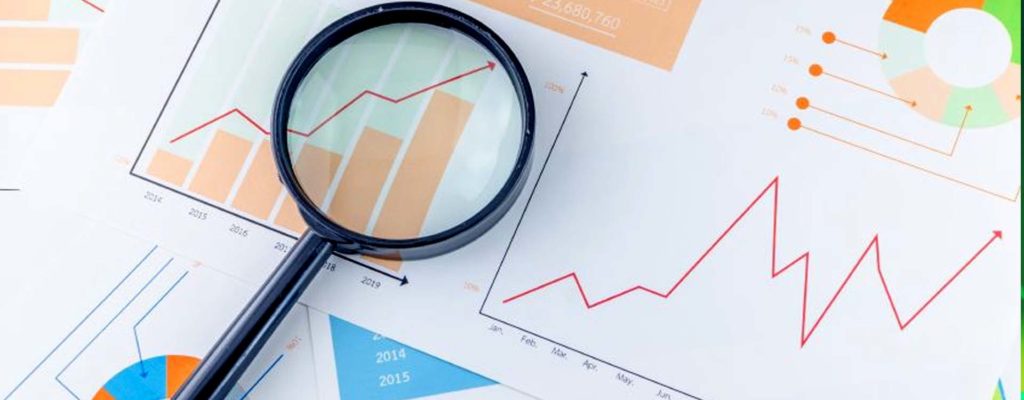Along with the income statement, the cash flow statement, and the statement of retained earnings, the balance sheet is one of the primary papers that makes up a company’s financial statements.
Your balance sheet gives a clear picture of what you own and what you owe and describes your company’s financial situation at a particular moment. A continual set of balance sheets also enables you to monitor the liquidity of your business over time.
Before investing or loaning to your firm, banks and investors will also review the balance sheet to understand its financial situation better.
What constitutes a balance sheet’s primary components?
- current resources
You anticipate selling cash and other assets for a profit in the upcoming year. Inventory and accounts receivable are a few examples of current assets.
- Fixed resources
Owned assets or equipment the business utilizes to generate revenue from its activities. Fixed assets are bought for a lengthy time (longer than one year). As a result of wear and tear, their value depreciates over time. On the income statement, this modification is noted as depreciation.
- Current obligations
These are the debts and other commitments due to creditors during the upcoming year. Accounts payable, credit card bills, sales taxes paid, payroll obligations, and loan payments are a few examples of current liabilities.
- Long-term obligations
responsibilities to creditors, including debts, that are not due within the upcoming 12 months. Term loans and mortgages are two instances of long-term commitments.
- Investors’ equity
This is made up of paid-in capital, retained earnings, common and preferred stock, and any accrued firm profits that have not yet been dispersed to shareholders.
A balance sheet’s operation
When examining your balance sheet, your total assets should always match your total liabilities + shareholders’ equity.
TOTAL ASSETS= TOTAL LIABILITIES + SHAREHOLDERS’ EQUITY
This straightforward method explains that everything a firm possesses was purchased using borrowed money (liabilities), cash taken from investors, paid-in capital, or profits reinvested through retained earnings.
The balance sheet and the other financial statements are intricately intertwined, making it difficult to assess the balance sheet independently of the other accounts.
Understanding a Balance Sheet
A balance sheet’s information is merely the beginning. To make the most of a balance sheet, you’ll also need to know how to examine one.
Financial ratio analysis is the greatest method for examining a balance sheet. With financial ratio analysis, you may calculate the company’s financial health using formulae. Additionally, you’ll assess its operational effectiveness.
You can employ one of two ratio types:
- Financial strength ratios demonstrate a company’s capacity to service its debt. These include working capital ratios and debt to equity ratios.
- Activity ratios which emphasize operating costs and current accounts. This can apply to inventories, payables, and receivables.
FINAL INSIGHT
A balance sheet is a crucial financial statement that provides a quick overview of your company’s finances at a specific time. You may also consider your balance sheet along with your other financial documents. By doing so, you may comprehend the connections between several accounts easier. A balance sheet is crucial because it gives you efficiency, leverage, and liquidity,






More Stories
Supported Living vs General Needs – Choosing the Right Social Housing Investment Model
Copy your trading strategies live with cloud technology
Understanding How AI Transforms the World of Online Trading